Search result

At one point, it looked like 2020 would be a bad year for Huawei everywhere outside of the company's home country of China. The tech firm has endured eighteen months of consistently terrible press in the United States of America and Europe, and although it has consistently and angrily denied that it uses its equipment to spy on western nations, the accusations have stung its performance when it comes to sales. After Donald Trump's administration took the unprecedented step of putting the company on the 'Entity List' - effectively a blacklist - there appeared to be no way for Huawei to stay active in western markets. Huawei might now have found a way to avoid that becoming the case.
The main difficulty faced by Huawei under the terms of the blacklisting - or so it appeared - is that it wouldn't have access to Google apps. The entire Google Play store would be off-limits to the manufacturer, which would leave users unable to install or use many of the apps that smartphone users now take for granted. This would include hugely popular communication tools like WhatsApp, and also the apps used by social media networks like Twitter and Facebook. Even accessing social media sites using a web browser would have been difficult, as the majority of web browsers also come in the form of apps that can only be downloaded through the relevant store.
Mobile gamers would also have been affected by the ban. Games like PUBG and Fortnite, as well as the Call of Duty franchise, have had their apps downloaded millions of times through Google Play. Playing games through new Huawei phones would have been almost impossible. Non-app based games, such as online slots or casino games, wouldn't have been affected in theory. Users would still have needed a web browser to gain access to online slots websites, though, and so even they may have remained off-limits. In practice, it would have been hard for users to play paypal slots, play any other games, or perform any activities beyond basic calling and texting. It would have been impossible to justify spending full price on a phone handset that didn't have these features - but now, all of these features may be back on the menu.
According to reports that have appeared in the press this week, Huawei is looking to exploit a loophole in the blacklist ruling. They may not be able to gain access to Google's Play Store, but they might instead be able to place apps in their own 'App Gallery' - and it's thought that Google might grant them permission to place Google apps inside App Gallery and allow users to gain access to them anyway. Google is understood to be keen to continue co-operating with Huawei, and so if the loophole exists, then they're unlikely to take any steps to prevent Huawei from making use of it. The most recently released Huawei smartphones have arrived without core Google apps like Maps or Gmail pre-installed, but affected users may soon be able to download the apps through App Gallery and continue as if the problem didn't exist.
Within Huawei, this is seen as a preferable alternative to attempting to proceed with their own operating system. Huawei can't currently make use of the latest versions of Android, and spent money in 2019 developing an alternative OS called 'Harmony.' The new OS is yet to appear on any Huawei-built smartphone, with the manufacturer instead deciding to continue using the most recent version of Android that it still has access to. This may yet cause issues in the future when Android eventually stop providing support for outdated versions of the software in favor of upgrading more recent builds and producing future variants. The 'open source' version of Android that they have access to is in itself contentious, and if US lawmakers have their way, they may yet lose access to it in the future.
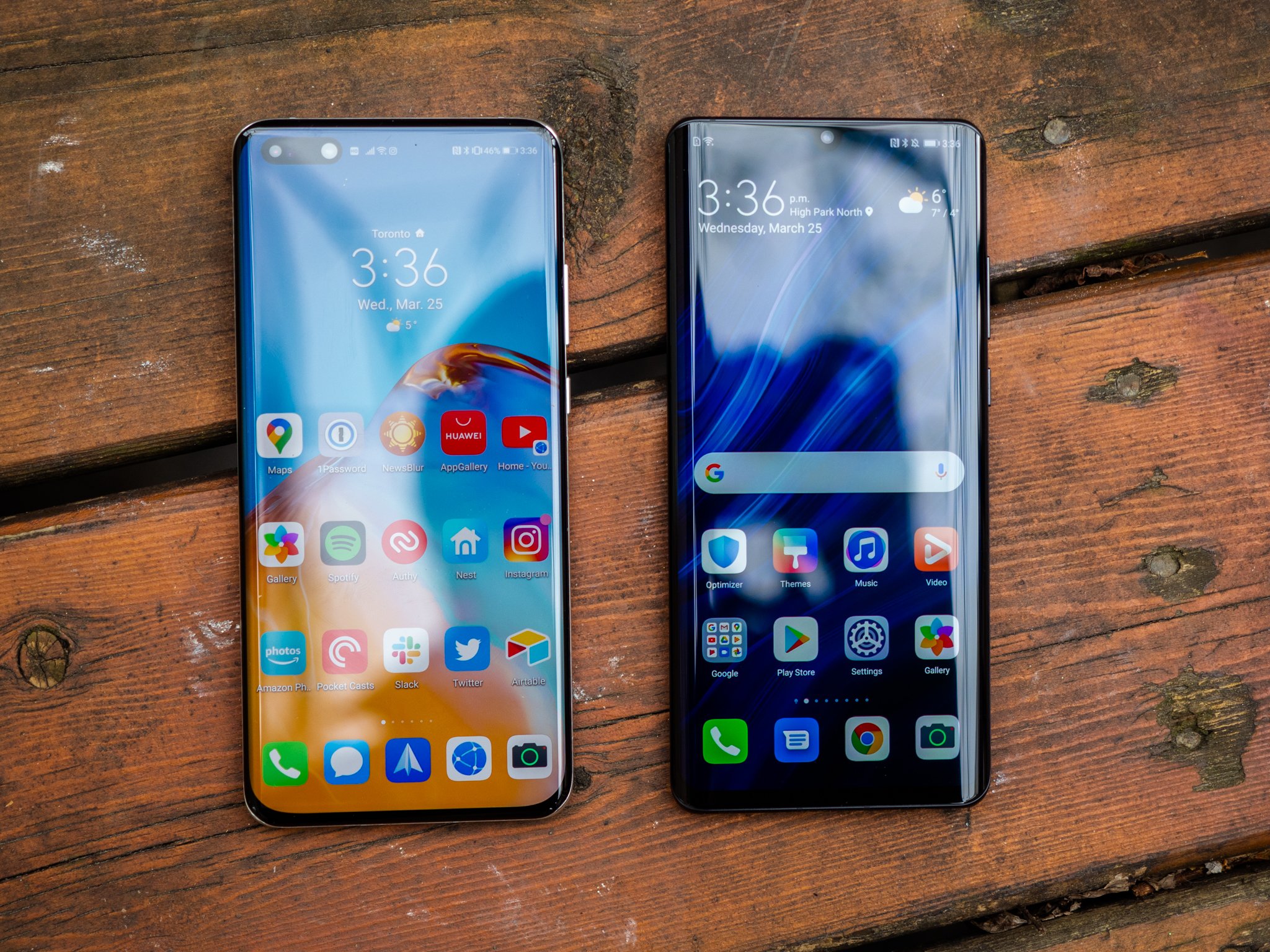
If Google agrees, it wouldn't be the first time they've granted permission for their apps to be used in places where users wouldn't necessarily expect to see them. As Apple users are aware, almost all of Google's apps can currently be downloaded through Apple's app store even though Apple and Google are, metaphorically speaking, at war with each other in the smartphone market. It appears that Google's priority is to make their software available to as many users as possible as opposed to restricting access to only those devices that run approved versions of Android. If they agree to this request, then there would theoretically be little difference between a Huawei phone and, for example, a phone made by Samsung when it comes to app availability, and the impact of the ban would be almost totally nullified.
This isn't the only way that Huawei appears to be getting around at least some aspects of the ban. The terms of the blacklisting specifically prohibit firms from the United States of America from doing any business with Huawei whatsoever, and yet their P40 phone has been found to contain parts built by several different American manufacturers. The P40 was released long after the terms of the ban came into effect, and so it's not yet known whether any of the companies who have seemingly provided parts or technology to Huawei are in breach of prohibition. Theoretically, there should be no US-built components in any Huawei phones, but their presence suggests that the company has found a way to incorporate them anyway. One possible explanation is that the parts were initially sold overseas to a company that isn't covered by the ban. The overseas company would then be free to sell the parts on to Huawei without being encumbered by US law.
Although Huawei reported a loss of around ten billion US dollars last year in the wake of being blacklisted, it's clear that the company has no intention of giving up its presence in American or European markets. Given that it will be involved in the rollout of the 5G network in the United Kingdom, it may even gain more ground in the twelve months to come. Huawei was definitely knocked down by the ban, but they weren't knocked out, and in coming back, it's conceivable that they may ultimately become even stronger than they were before.
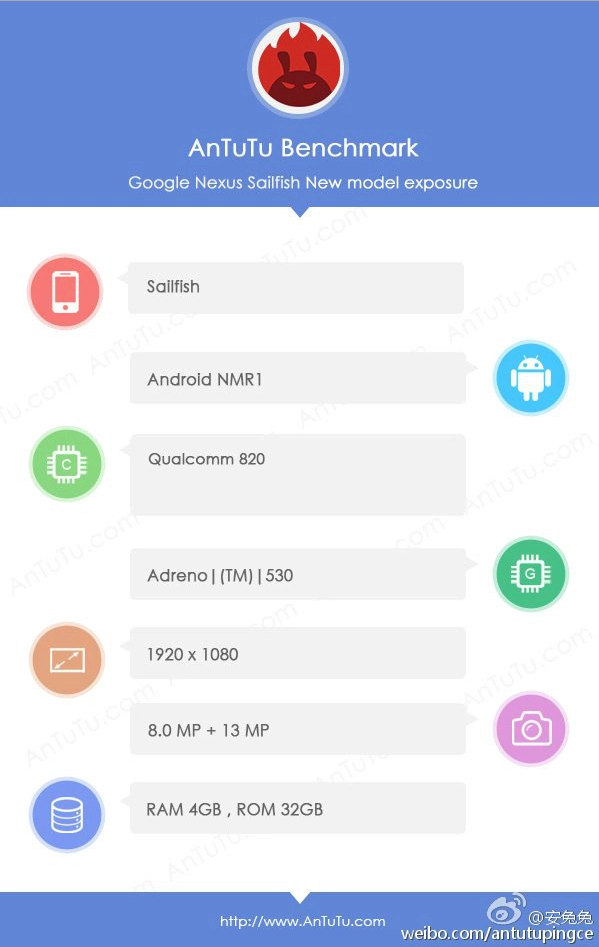
Courtesy of Steve Hemmerstoffer from NowhereElse, we now have an image that shows us certain details of the upcoming HTC Nexus Sailfish on an AnTuTu listing. As is often the case, the leaked listing was found on the Chinese social networking site Weibo.
We can see from the image here that the Sailfish will sport the Qualcomm Snapdragon 820 SoC, 4GB of RAM, a Full HD display, 8mp/13mp - front/rear cameras and 32GB of internal storage. Nexus smartphones always get the latest OS to boot, so it's no real surprise to see that it's running on Android 7 Nougat Manufacturer Release version 1.
As one can see from the spec sheet here, it's quite identical to the Samsung Galaxy S7, S7 Edge and Galaxy Note 7 in terms of power, but then again, most flagships these days seem to be sporting the near-identical internals anyway. Some of them like the OnePlus 3 have even surpassed them by adding 6GB of RAM into the fray. However, we will wait to see if the HTC Nexus Marlin has something different to offer, although reports indicate that it won't really be that much different from the Sailfish, apart from a larger display.
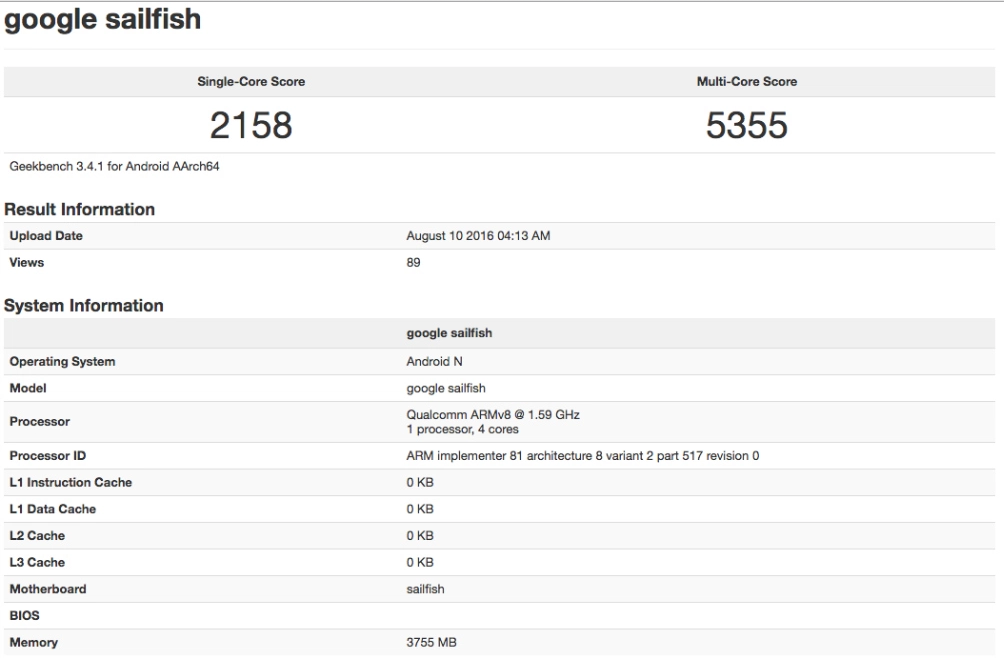
In case, you are interested in benchmark scores, check out what TechDroider posted earlier. The Nexus Sailfish seems to have scored 2158 (single-core) and 5355 (multi-core) in the Geekbench benchmarking test. We will find out more in October as it's rumoured to be released on the 4th of that month.
Saikat Kar (tech-enthusiast)
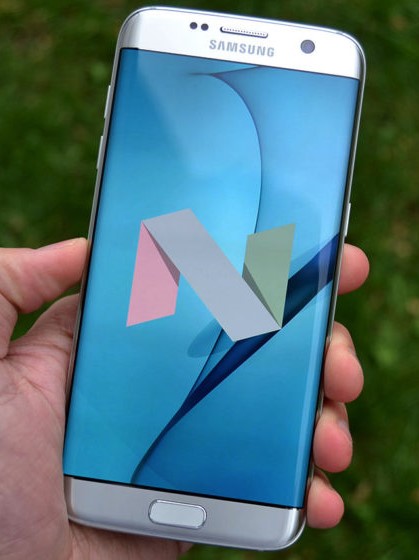
Although some of these features may not make it to the final version of the firmware, let's take a look at the best of what we have seen so far in the beta builds of the Android Nougat 7.0 OS for the Galaxy S7 and Galaxy S7 Edge.
The New Look - Everything from the app icons and fonts, to the general color scheme of the device has been changed. Although opinions may differ, we think it looks better now than it ever did before.
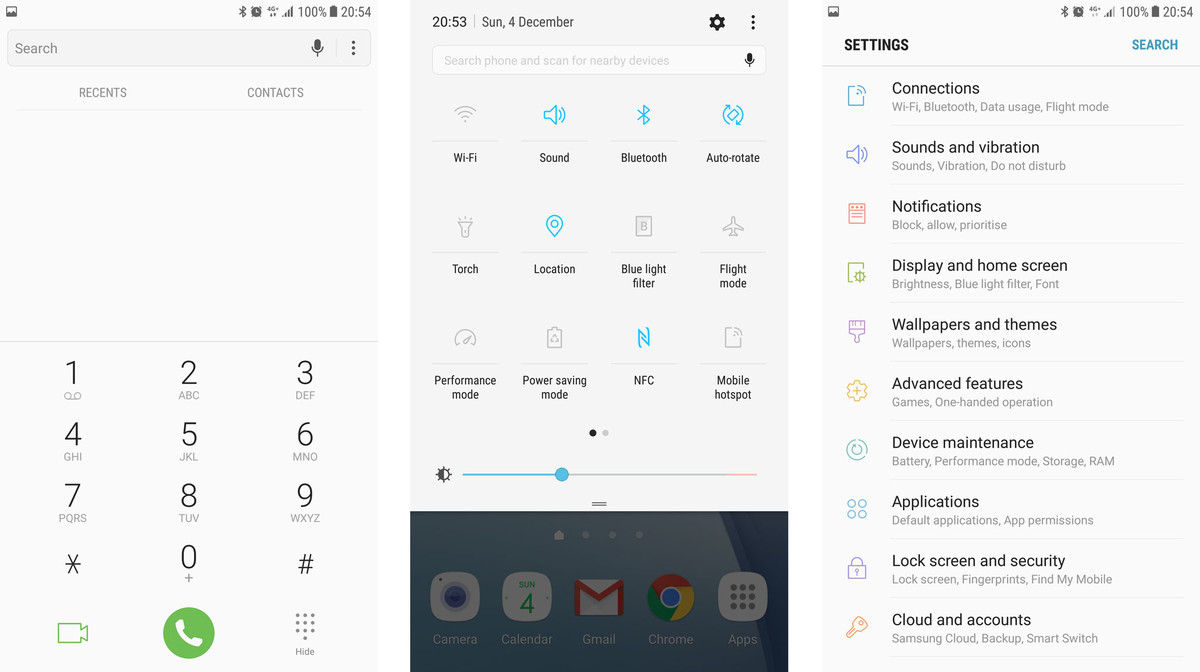
Blue Light Filter - This will help relieve the pressure usually accumulated in our eyes from spending long amounts of time looking at a phone screen.
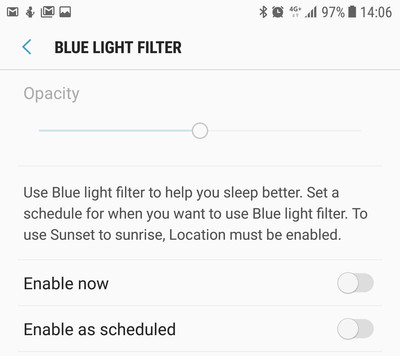
Changes in the Notification Panel - You can rearrange the icons in the Quick Settings panel, change the grid size and move the brightness slider around. A revamped notification panel will also allow you to reply to conversations right from the notifications menu.
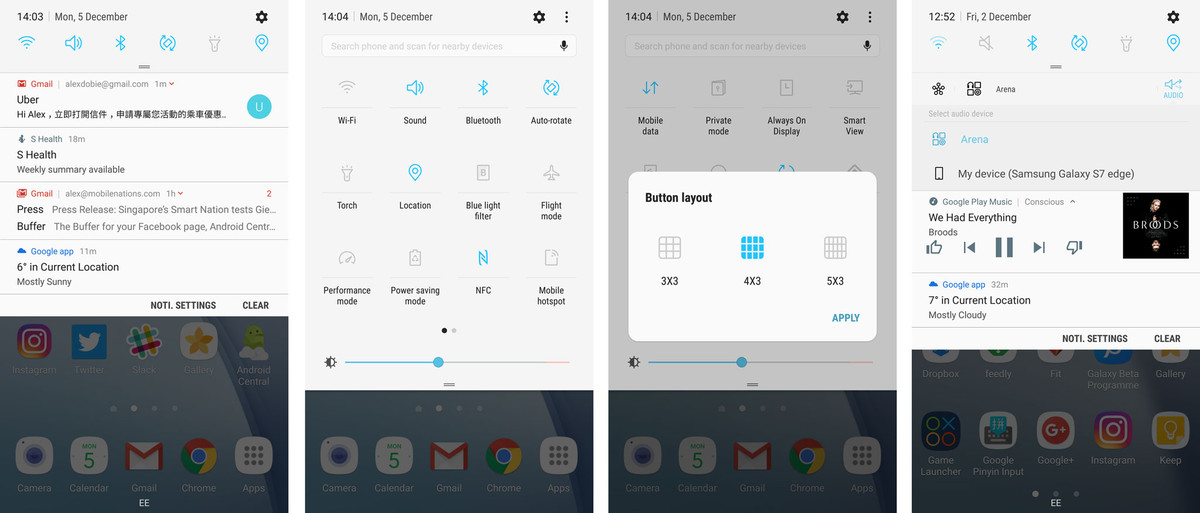
Resolution Scaling - You will have the option to choose between 1280 × 720 (HD), 1920 × 1080 (Full HD) and 2560 × 1440 (QHD) resolution for your phone's display, with the default set at 1080p for better power-efficiency.
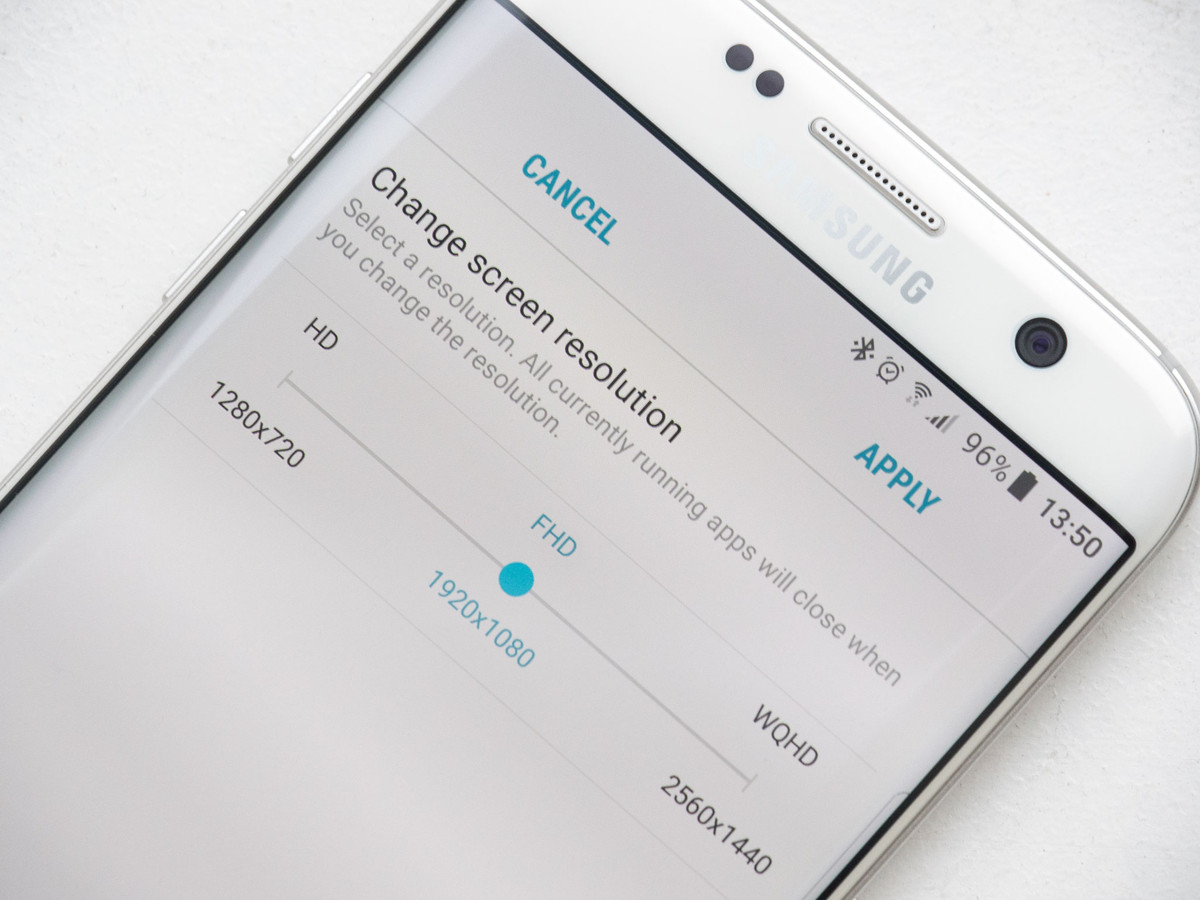
Put to Sleep - This one is a very useful feature which lets you stop an app from auto-starting, receiving updates, using power in the background or send you push notifications by just long pressing on the icon and choosing, "Put to Sleep."
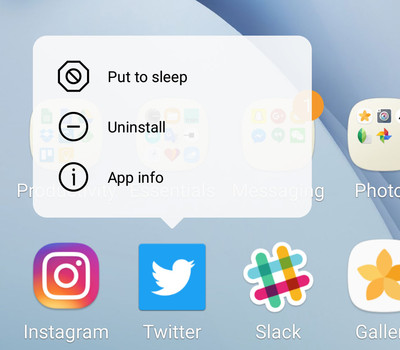
Performance Mode: The performance of the S7 or the S7 Edge can now be put into the following gears, depending on the task at hand.
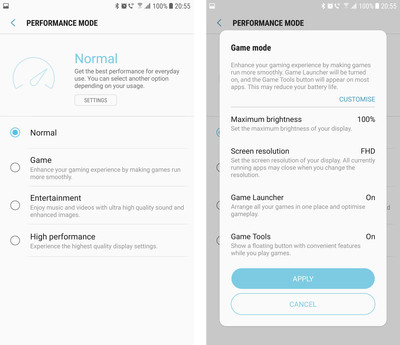
Normal: 1080p, video enhancer on, game launcher on, game tools on
Game mode: 1080p, max brightness, game launcher on, game tools on
Entertainment mode: 1440p, max brightness, video enhancer on, UHQ upscaler on
High performance: 1440p, max brightness.
There are plenty of other tweaks, both big and small and we are sure to see a few more before the final build is released.
Head over to https://forum.youmobile.org/downloads/ to find all the latest updates for your smartphone.
Saikat Kar (tech-enthusiast)
© 2023 YouMobile Inc. All rights reserved





